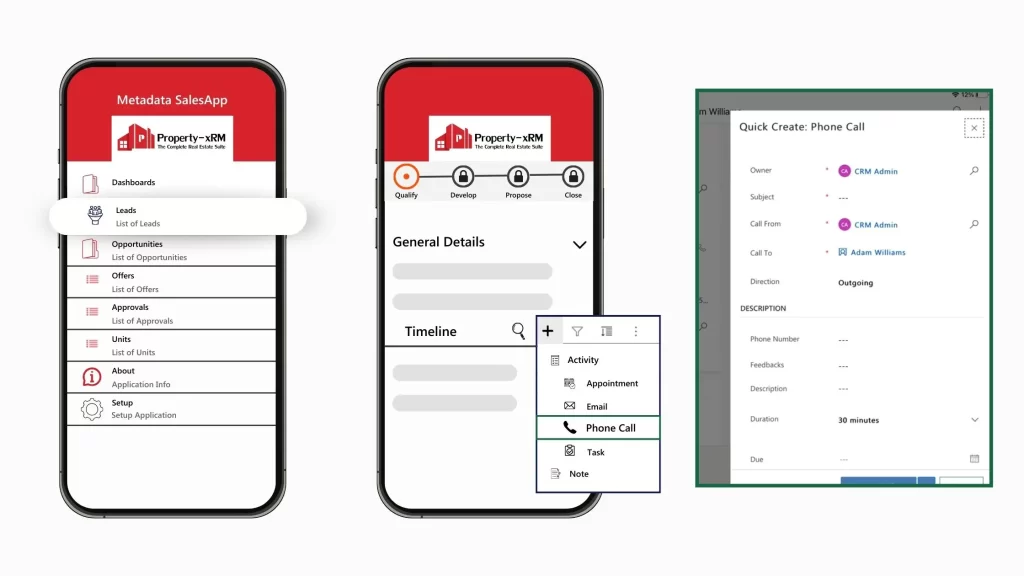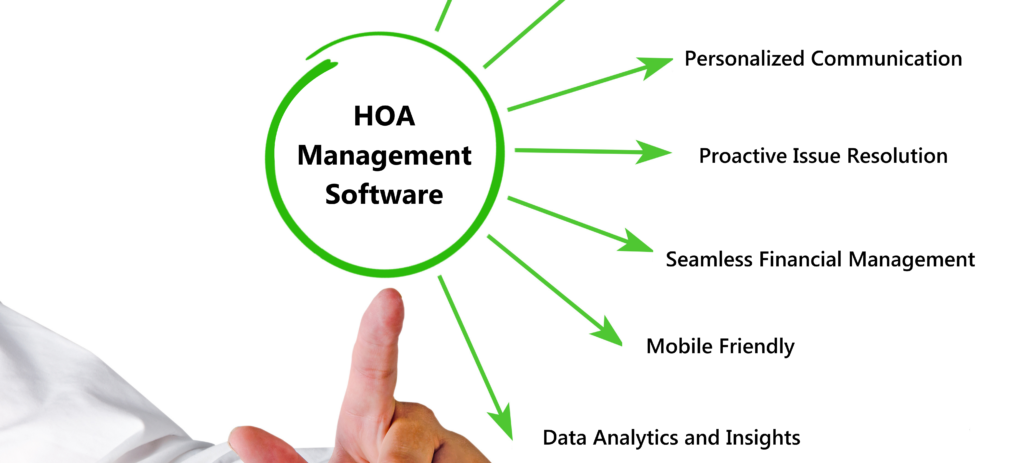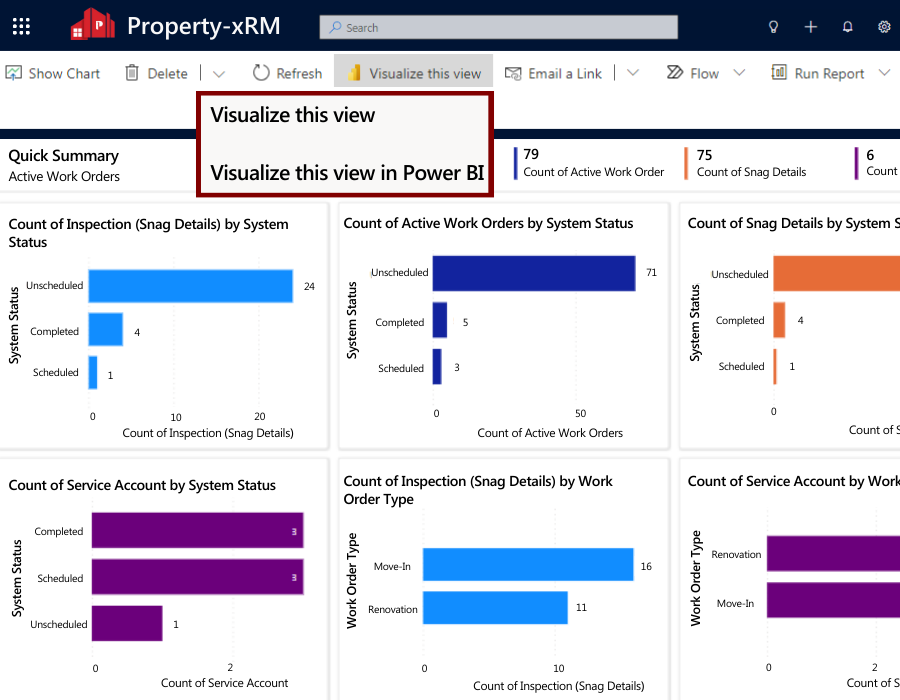The Role of Tenant Portal: Benefits for Owners and Tenants
Comments Off on The Role of Tenant Portal: Benefits for Owners and TenantsToday, the world relies on convenience. The ability to have services at the fingertips, transactions at the click of a button, and no compromise on satisfaction. Having innovative technology as an integral part of our daily lives has significantly altered how we communicate, work, and even manage our homes. Moreover, its influence has expanded into community living, presenting solutions to streamline interactions between tenants and property management businesses. And, when it comes to tenant management, there is the tenant portal – a centralized online platform designed to enhance the living experience for residents and simplify operations for property managers.
Let’s take a deeper dive into the capabilities of the tenant portal and the significant impact it has on both parties.
The Impact of Tenant Portal on Community Living

A Tenant Portal is an online web-based platform that bridges communication gaps between tenants and property management companies. Tenants are provided with unique sign-in credentials for a personalized experience. From streamlining rental payments to facilitating maintenance requests and fostering deeper engagement among tenants, a portal promotes convenience, efficiency, and satisfaction.
Centralized Tenant Portal for Streamlined Operations
The portal provides 24/7 access to pay rent or charges, submit maintenance requests, and stay updated on regular community happenings. Companies avoid the hassle of multiple services across multiple channels and ensure better data quality by eliminating duplication.
Let’s see what the benefits are for both tenants and owners:
The Benefits for Tenants:

- Easy Access to Contract Information
Tenants have ready access to details like payment due dates and contract expiration dates through the portal, ensuring compliance with rental obligations. Residents can budget and forecast upcoming charges, ensuring they never miss payment deadlines.
- Efficient Document Management
Tenants are empowered to manage documents and appointments effectively. They can log in to the portal and request meetings with property managers on convenient dates. The provisions to upload essential documents and request important paperwork such as ID proofs or No Objection Certificates (NOC) promote self-servicing.
- Convenient Online Rent Payments
Rent and additional charges are conveniently payable through the tenant portal, eliminating the hassle of physical payments. A secure and convenient payment option through trusted gateways ensures tenants can transact anytime, anywhere.
- Flexibility in Payment Methods
Tenants can choose from online payment methods, cheques, bank transfers, or cash payments directly to the property manager, catering to their preferences and convenience. Additionally, in case of issues with rent payment methods, tenants can request cheque replacements through the portal, ensuring smooth transaction processes.
- Streamlined Maintenance Requests
Tenants got service issues? Facilitate submission of maintenance requests through the tenant portal with options to attach images as necessary. Depending on the type of issue, there could be options to expedite the servicing for faster resolution.
The Benefits for Owners

- Easy Access to Property Details
The owner can easily see all the units they own or manage in a centralized location. Tracking the unit(s) occupancy status, notifications of upcoming expirations, and complete tenant information, facilitates timely decision-making and better communication.
- Ability to View the Rental Income
Provides a clear snapshot of their total earnings from each property and offers real-time insights. This helps monitor cash flow and financial performance efficiently. With instant access to income data, landlords can make informed decisions, optimize pricing, and ensure profitability.
- Effective Takeover Date View
Owners can efficiently plan and schedule key handover activities, such as cleaning, maintenance, and inspections. This ensures each unit is ready for new tenants and that lease commencements are on time. By minimizing vacancies and maximizing rental income, they optimize their investment.
- Property Revenue & Expenses View
The snapshot of revenue generated from each property with insights enables owners to analyze profitability and make informed decisions. It also tracks the percentage of rental income received to ensure accurate revenue distribution, maintaining transparency and accountability in financial transactions.
- Landlord classification
With options for categorized access, property managers can customize communication and management for different types of owners—government, individual, or organizational.
For example, when managing government-owned properties, adherence to regulations is crucial; for individual owners, personal relationships and preferences are prioritized.
Enhance Tenant Retention through the Tenant Portal
Tenant retention is everything for property management companies. When tenant relationships aren’t great, they may leave for someone who offers better flexibility and living experiences. A tenant portal is an online interface that makes them feel heard on a personal level in a large community.

The tenant portal streamlines operations with fast rent collection, document access, maintenance processes, and communication channels for greater efficiency. A tenant portal creates a positive environment that fosters better owner-tenant relationships and property management efficiency.
Tenant Portal: Property-xRM
Property-xRM’s tenant portal improves owner-tenant relations, streamlining communication and reducing burdens for property management companies. The tenant portal simplifies operations, eases workloads on internal teams, and enhances contractor management. It enables SLA monitoring for timely resolutions, ensuring efficient case management and tenant satisfaction. With end-to-end lease management, it offers tailored real estate experiences and optimizes leasing processes.





































